Waters & Oceans
Oceans
Oceans
2/3 of our earth is covered with water. 97% of it is covered by our oceans and 3% are freshwaters of which only 0.7% is actually drinkable. According to the IPCC climate report, global warming could cause the Arctic to be ice-free by 2050 and sea levels to rise to such an extent that large parts of the mainland would be flooded.
This in turn means that many people would live in parts of the world where there are difficult chances of survival, such as great heat and drought. Furthermore, the salt water would also reach the underground freshwater reserves and thus make a large part of the drinking water undrinkable and would additionally salinate our agriculturally used arable land.
The state of our oceans is already critical. Constant pollution by acidification, overfertilization and fishing leads to the collapse of ecosystems, as can be seen, for example, from the destruction of coral reefs and the extinction of species. Huge islands of garbage float around in our oceans, marine animals die because they get caught in them or starve to death because of plastic parts in their stomachs. If this pollution is not stopped soon, there will be more plastic than fish in our seas by 2050.
(Sources: IPCC Klimabericht; Bund für Umwelt und Naturschutz Deutschland, Umweltbundesamt)
Rivers and waters
Our rivers and lakes are also affected by pollution from plastics, particulate matter and toxins. According to the water report of the German Association for the Environment and Nature Conservation 92% of the waters are in poor condition.
The straightening of rivers for ships leads to a decline in fish diversity, as their habitat is thereby destroyed.
The fertilizers used to cultivate our agricultural land favour the increased growth of blue-green algae, which are toxic to plants, animals and humans.
If these algae die off and sink to the ground from the waters, so-called dead zones develop. The decomposition of algae requires a lot of oxygen, so that the existence of other life forms is extremely reduced in these areas.
(Sources: IPCC Klimabericht, Bund für Umwelt und Naturschutz Deutschland)
Rivers and waters
Water as the basis of life
Water as the basis of life
Water is the basis of our existance: without water there is no life.
Man can survive without solid food, but without water he dies.
According to the latest UN World Water Report, a total of 2.1 billion people have no access to potable and continuously available drinking water.
Water shortage is already a reality for one in six people. While some flee from the floods, others have to walk long distances to get a few drops of drinking water. The water shortage is particularly acute in crisis countries, where children are four times more likely to be confronted with insufficient water supplies.
The poorest people are still particularly affected by the lack of water. But soon water supplies will also be threatened, where the precious resource is available in abundance. Just five minutes of showering already consume more water than many people have access to in a whole day.
According to experts, the global water crisis is above all a sanitation crisis. One of the biggest problems is therefore the pollution of water due to urbanisation, industrial effluent and waste. This leads to environmental damage that is irreversible and further reduces the already dwindling supplies of drinking water.
A sustainable use of water is necessary and possible. The global water crisis is one of the greatest challenges of our present and future. But modern technologies for extraction and irrigation can help to conserve this precious resource.
(Source: www.unesco.de/presse/pressematerial/un-weltwasserbericht-2019)
No posts found!
